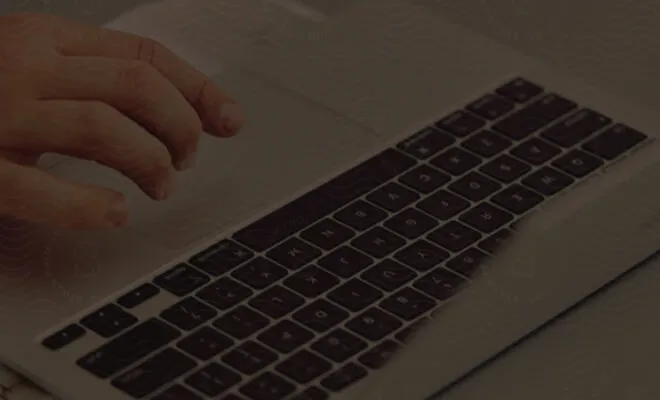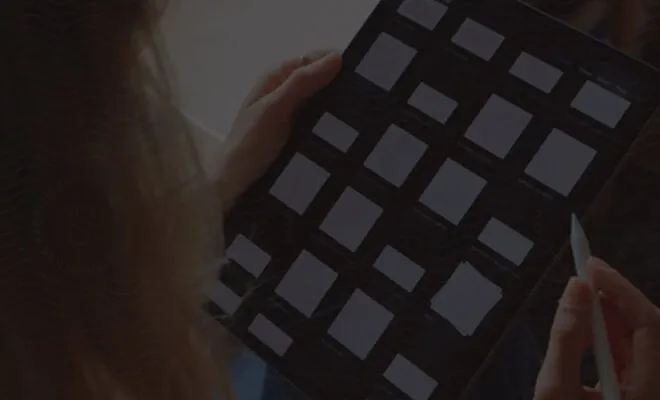Product archives and deprecated solutions
At Nutrient, we’re committed to providing the most advanced and effective solutions for document processing. To ensure our focus remains on cutting-edge technologies, and to deliver the best possible experience, we occasionally deprecate older products or integrations. This page serves as a record of those solutions that are no longer actively maintained or receiving new feature development.
While these products are no longer part of our active development roadmap, we understand that some customers may still be using them.
The following products and integrations have either been deprecated or will be deprecated soon:
- UWP
- Xamarin.iOS
- Xamarin.Android
- Ionic.iOS
- Ionic.Android
- Cordova
- Processor
- Web Server-Backed
- SharePoint (Web SDK integration)
- OneDrive (Web SDK integration)
- Teams (Web SDK integration)
What this means for you
- These solutions will no longer receive new feature development.
- They will no longer be actively maintained with regular updates or bug fixes (beyond critical security vulnerabilities, if applicable, for a limited transition period).
- Their technical guides have been archived from our documentation website. This helps us keep our documentation streamlined, up to date, and focused on our currently supported products.
Need assistance with a deprecated product?
If you’re using one of the solutions listed above and require assistance, contact our Support team.
We can provide guidance on migrating to a currently supported Nutrient solution that meets your needs.
We appreciate your understanding as we continue to evolve our product offerings. Our goal is to empower you with the most powerful and reliable tools for your document-centric applications.




